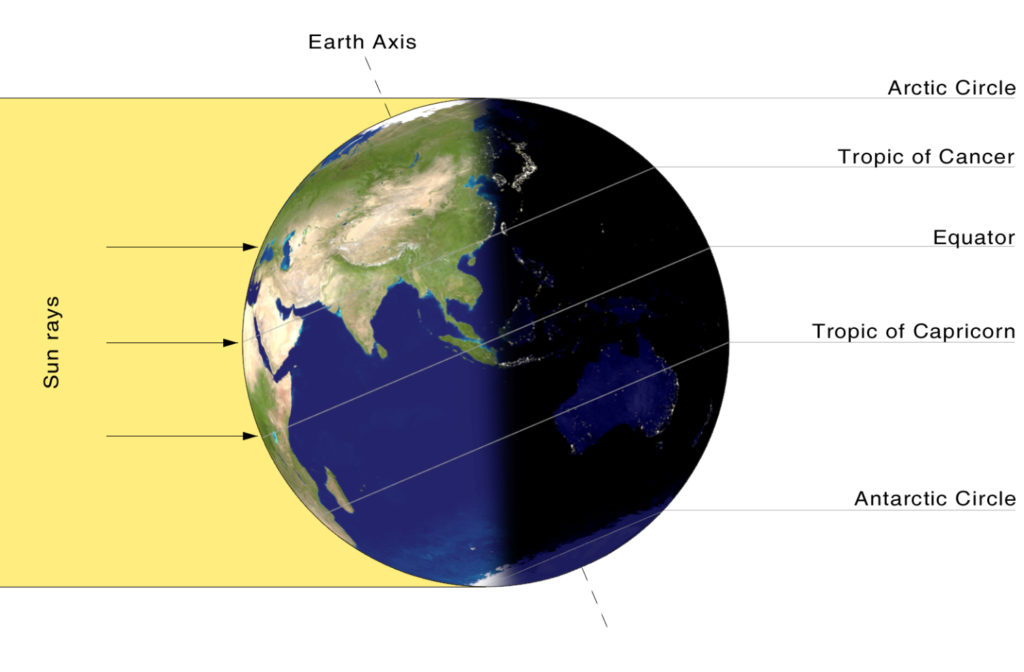Beyond Electricity: The Whole Earth is Plugged In

What else can the sun do?
The sun does many things—plants use its energy to grow, it helps our bodies grow strong and healthy and, with the help of the Moon and the Earth, it makes the tides.
How do plants use the Sun to grow?
The sun provides the energy to make plants grow. When the solar energy is added to water and carbon dioxide in the presence of chlorophyll (that’s what makes plants green) a process called photosynthesis happens. During photosynthesis water combines with carbon dioxide to produce sugar and oxygen. Plants use the energy in the sugar to grow and make roots, stems, leaves and flowers.
Photosynthesis is the process that helps feed the whole world—people and animals alike. When you eat a carrot, you are eating sugar produced by the plant with the sun’s energy.
Can the sun help me grow?
In as little as 15 minutes, your body absorbs ultraviolet light to help make Vitamin D. This is an important vitamin because it helps your body use calcium, which builds strong bones. However too much sun can cause sunburn, which may be the start of permanent damage to your skin and eyes. For that reason, it’s a good idea to wear sunscreen and sunglasses when you’re outdoors for longer periods of time.
How does the sun create the seasons?
If you look at this picture of the earth, you’ll see that it’s tipped slightly

Some of the earth leans toward the sun while some of it leans away so that different parts of the earth receive different amounts of sunlight and heat at different times of the year.
During the year as different parts of the earth are exposed to varying amounts and intensity of sunlight, we get the seasons we are familiar with in Tennessee. If you lived at the equator, you would be exposed to sun about the same amount of time each day all year long, and wouldn’t have seasons. As you look at this image, you will see when it is summer in the Northern Hemisphere it is winter in the Southern Hemisphere—all because of the earth’s tip.
What about the tides?
When it comes to causing tides (the oceans rise and fall twice each day) the sun has an important partner—the moon. The moon is only 240,000 miles from earth, while the sun is about 93 million miles away. However, because the sun is so much larger than the moon, its gravity has a much stronger pull on the Earth. The gravity between the moon and the earth and between the sun and the earth “pulls” the water in our oceans as the earth rotates on is axis. We see this “pulling” as the tides rise and fall each day.
